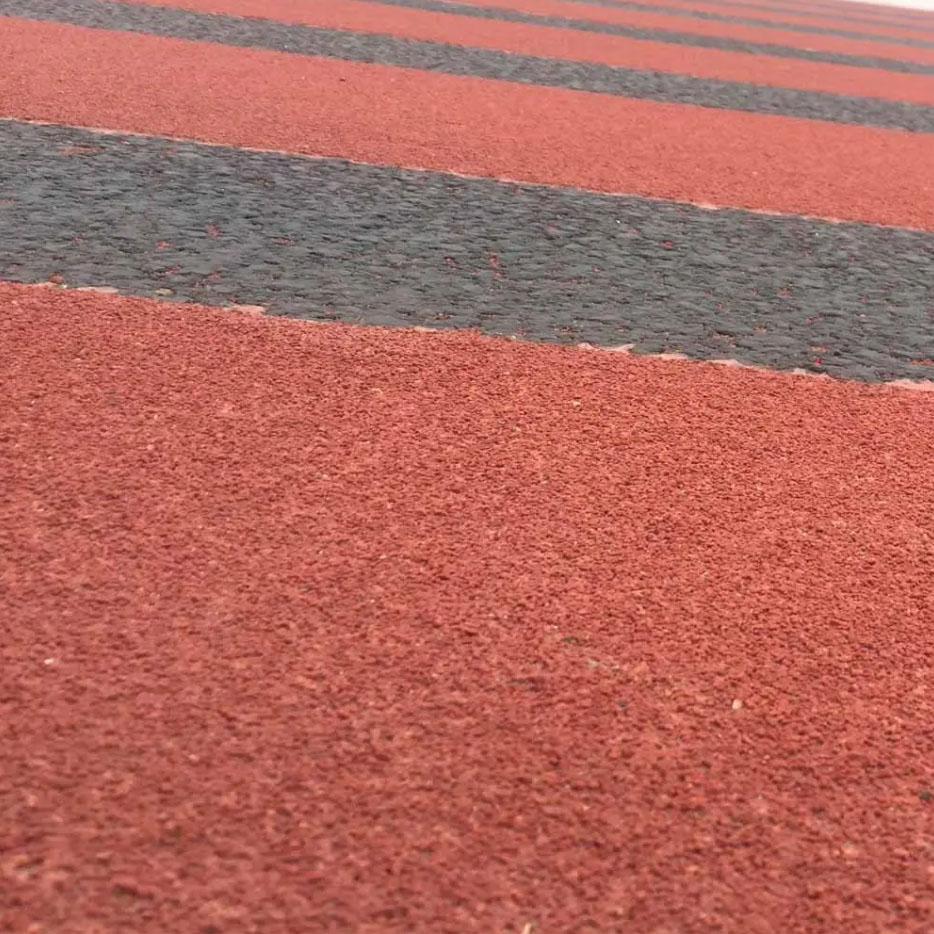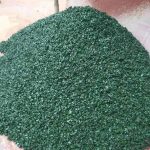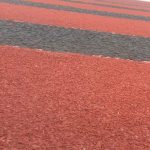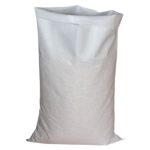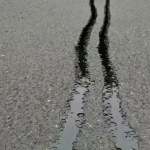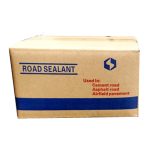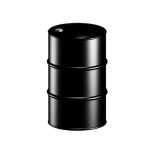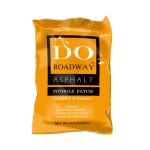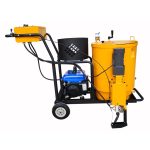The coloring of road surfaces has become increasingly popular in recent years as a means of improving the aesthetics of urban areas and enhancing the visibility of road markings. This process involves spraying a colored material onto the surface of the road, creating a durable and long-lasting color that is resistant to fading and weathering.
The materials used for coloring road surfaces vary, but typically include pigmented thermoplastic, epoxy, or polyurethane coatings. These materials are chosen for their ability to adhere to the road surface and their resistance to wear and tear caused by heavy traffic and weathering.
The process of coloring a road surface typically involves several steps. First, the surface of the road must be cleaned and prepared to ensure that the colored material will adhere properly. This may involve pressure washing or other cleaning methods to remove dirt, debris, and other contaminants from the road surface.
Once the surface is clean, the colored material is sprayed onto the road using specialized equipment. This equipment may include spray guns, nozzles, and other tools designed to ensure an even and consistent application of the colored material.
After the colored material has been applied, it must be allowed to dry and cure before the road can be reopened to traffic. This process typically takes several hours or even days, depending on the type of material used and the weather conditions.
The benefits of coloring road surfaces are many. In addition to enhancing the aesthetics of urban areas and improving the visibility of road markings, colored road surfaces can also help to reduce the urban heat island effect by reflecting sunlight and reducing the absorption of heat by the road surface.
Overall, the coloring of road surfaces using sprayed colored materials is an effective and long-lasting way to enhance the safety and appearance of urban areas while also reducing the environmental impact of traditional road construction and maintenance methods.


